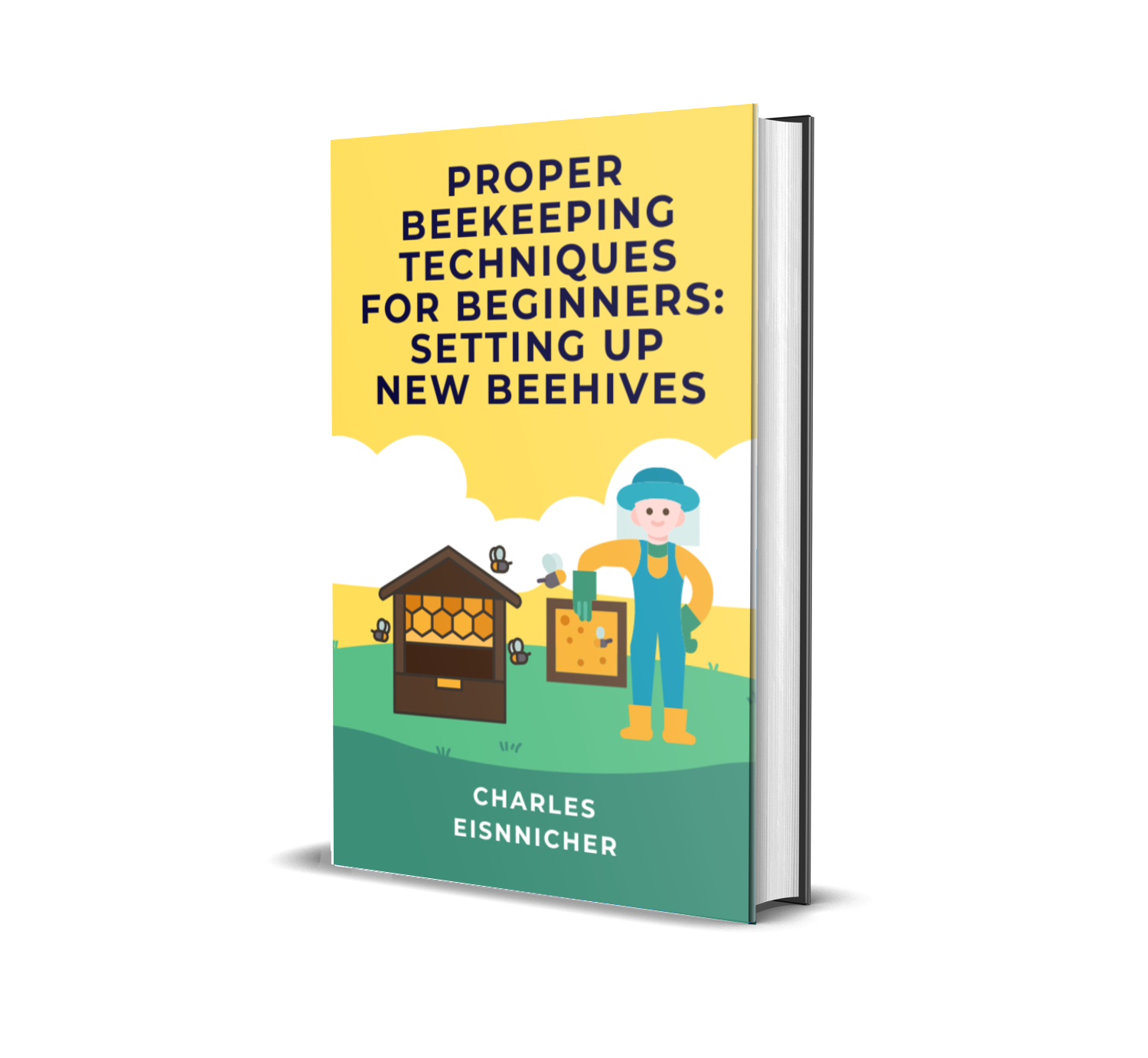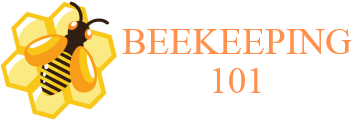Bee keeping is becoming increasingly popular and an easy, enjoyable way to get started is with a bee keeping kit. Containing everything you need to maintain your own colony of bees, these kits offer a fun, interactive experience from the comfort of your own backyard.
By providing supportive accessories, protective gear, and materials, these kits make bee keeping an accessible pastime for beginners, hobbyists, and experts alike.
Beekeeping can be a thrilling and rewarding experience for hobbyists of all levels, and for those just getting started, there’s no better way to ensure success than by having all of the necessary items for the job. In this article, we will discuss the 10 essential items every beekeeping beginner should have in their kit.
From various protective gear to hive Essentials, having the right tools on hand will make the process of monitoring and caring for the bees much easier. Not only that, but with the right tools and understanding, a beginner can become an expert beekeeper in no time.
Table of Contents
Protective Clothing
Protective clothing is essential to maintain a safe working environment. It is designed to protect the wearer from a variety of environmental hazards and hazards caused by human activities.
Examples of protective clothing range from flame-resistant garments to padded coats and vests. Protective clothing is used in many industries and workplaces, including agriculture, construction, healthcare, and oil and gas operations.
Even in everyday life, such as gardening and doing DIY projects, protective clothing is critical to ensure safety. Protective clothing should never be removed until the task it was designed to protect against has been completed.
Hive Tool
Hive Tool is an indispensable tool for beekeepers. It is composed of a sharp metal pick that is used to gently remove the wax comb and frames of honey bees in a hive.
The concave end of the Hive Tool is used to scrape away any remaining propolis and to uncap honey cells. The point of the tool is also useful for cleaning old frames and removing debris from the hive.
The flat end of the tool is useful for lifting up frames and prying boxes apart. It can also be used to dislodge the queen excluder and make frame manipulation easier.
Hive Tool is a crucial tool for successful beekeeping, as it allows access to the interior of the hive without disrupting the day-to-day activities of the bees.

Get A Free Downloadable Ebook To Teach You How To Set Up New Beehives
Give Me My Free eBookBee Smoker
A bee smoker is an essential tool for every beekeeper. It is used to help calm honeybees in order to collect honey or inspect the hive.
A bee smoker produces a steady stream of smoke, which contains calming compounds that trick the bees into thinking there is a fire, causing them to eat honey and cover their pheromone glands, making them less aggressive and less likely to sting. Bee smokers are usually made of galvanized steel, clay, or copper.
They have a bellows to control the amount of air that enters the smoke chamber and a fuel chamber where smoke-producing fuels, such as sawdust, cotton, or burlap, are burned. With it, beekeepers can safely manage their hives and ensure a healthy, productive hive.
Feeding Tray
A Feeding Tray is an important utensil for anyone who has difficulty feeding themselves. It is made from polyethylene, and its structure includes a handle, a rounded serving bowl and a raised edge to contain spills.
Furthermore, the edges are contoured and comfortable for the user to handle and compact for storage. The Feeding Tray is dishwasher and microwave safe, making it an ideal tool for home- and care-based settings.
It’s an indispensable device for those who need help with their meals.
Hive Parts
Hives typically has three main parts: a bottom board (also known as a hive stand or floor board), a brood chamber (where the queen bee lays eggs and the bees tend to their young), and a super (the top chamber where the bees store honey). The number of supers added to a hive varies depending on the size and needs of the swarm.
The shallow boxes that are used as supers are often made of either wood or plastic, and the number of frames inside each box is usually between 8 and 10 frames. A beekeeper may add a bee escape beneath the last super to help the beekeeper manage the bees.
Furthermore, beekeepers may use the inner cover to protect the hive and a telescopic cover to protect the supers on the top. Finally, the entrance reducer helps regulate the hive’s entrance size and limits the amount of heat that escapes the hive.
Queen Excluder
A queen excluder is a honeybee management tool used to keep the queen honeybee from entering a certain area of the hive, or to keep her from laying eggs in specific areas of the hive. It is a rectangular frame, with a set of vertical wires, bars or slots that the queen can’t pass through and the worker bees can.
This is usually used to prevent the queen from entering a honey super so that the bees will not be able to store honey in it, and to direct the queen to lay eggs in a section of the hive that the beekeeper wants to use for the brood chamber. This kind of tool helps to keep a certain order in the hive, to ensure that the hive is healthy and productive.
Bee Brush
A bee brush is an essential tool for beekeepers, who use them to gently brush bees off of hives and frames. The brush is made from soft bristles to avoid harming the bees and ensure that they are all safely removed.
Its handle is made from a rounded material, such as wood, so as to fit comfortably in the user’s hand. Additionally, some bee brushes come with a bell-shaped end piece which helps to deflect and direct the bees away from their target.
In moments of emergency, such as when a bee colony swarms, the bee brush is an invaluable item. The brush can be used to keep the rapidly moving colony from causing too much chaos and in order to move it away from people and into a calmer state.
Honey Strainer
A honey strainer is a simple kitchen tool used to filter out impurities from raw honey. With its wide, shallow design and coarse mesh wire, it is perfect for quickly achieving a clear, clean output of pure honey.
It’s also a great way to remove chunks of wax, bee parts, and other debris. Honey strainers are easy to use and come in various shapes and sizes to make filtering easier.
A honey strainer can save time and effort, and will ensure you always enjoy the highest quality honey.
Bee Feeders
Bee feeders are an easy and inexpensive way to nurture honey bees or other pollinator species such as bumblebees and mason bees. They provide valuable nutrition in the form of sugar syrup or alternative food sources, such as pollen patties.
They can attract bees from the nearby environment and also provide a safe space for them to thrive, as they reduce the risk of becoming exposed to pesticides. To ensure bees have continued access to food, feeders should be set up in a well-lit, open space away from any flower beds.
Depending on the species, feeders should be either filled with sugar syrup every few weeks, or seasonal, when added in spring and taken away in fall. By providing bees with a place to eat, we can foster a more abundant and diverse bee population, benefiting not only our environment but our agricultural systems as well.
Honey Extractors
A honey extractor is an essential tool for beekeepers to collect and separate locally sourced honey from bee hives; it is necessary to spin out the honey from honeycomb in order to preserve the honeycomb itself. Honey extractors are typically made of stainless steel, and are fitted with a mechanical crank, which is often powered by an electric motor.
With the crank in motion, the extractor rotates the honeycomb frames, allowing the honey to be extracted from the cells of the comb and settle to the bottom of the drum. From here, the honey can be strained of any wax, debris, and air bubbles before being canned or stored in containers.
Recap
As beekeeper, starting with the right beekeeping kit can make all the difference. A good quality beekeeping kit provides all the necessary equipment for maintaining your hive and ultimately enjoying the bounty of honey, pollen and other natural products bees provide.
Additionally, the knowledge and skill of the beekeeper, combined with knowing the science behind beekeeping, is the key to successfully keeping bees and getting the most out of them. Hopefully this guide has provided you with the valuable tips and tricks you need to start on the right path and make sure you invest in a beekeeping kit that fits your needs.
All that remains is for you to grab your hive tools and start giving your bees the care and attention they deserve!
Charles

Get A Free Downloadable Ebook To Teach You How To Set Up New Beehives
Give Me My Free eBook










